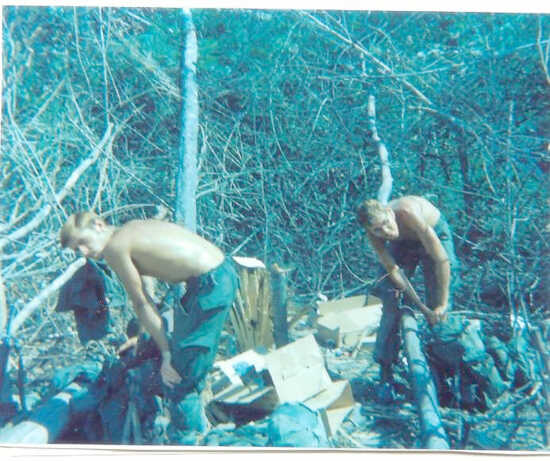The past gets personal with a photograph

By Susan Doak
SW Nebraska Genealogy Society
I am at times a bit hard on the genealogy web site www.ancestry.com. It is an expensive site that has brought several small inexpensive or free sites into its fold, thus creating a sort of "one stop shop" for genealogy research, but it is fraught with incorrect hints, repetitive links and, if you are on a tight budget, it just isn't going to be within reach on a full membership basis.
Ancestry does try to protect your information. If you have a living person in your tree, their information is blocked from everyone but the owner of the tree (i.e. yourself). Other information is available to be viewed by members unless you make your tree within their system a private tree. Private trees are announced to the searcher when they try to access information within that tree and they are then referred to a way to contact you for permission to view your tree.
Last week, all the money that I have invested in an Ancestry membership was repaid to me in a manner I would never have imagined. It all started with a message from a woman in Texas who had seen the fact that I had a relative, my classmate of 1968 and my brother-in-law, Stanley Doak, who was killed in action in Vietnam in 1969.
Her husband had served in Vietnam, Charlie Company 1/12, the same company as Stan, however he had returned to the U.S. before Stan shipped over. Her purpose in contacting me was to get permission to share my ancestry photo of Stan in uniform with the other members of the Charlie Company 1/12 private group website.
Permission granted, and the picture duly posted resulted in the most precious gift this family could receive; a picture from a soldier who was with Stan e-mailed back to me. There Stan stood, silhouetted by the jungle with another soldier; the first picture any of the siblings had seen of their brother actually in Vietnam.
We take pictures for granted these days, with cell phones, web cams, I-pads, etc.; someone is always snapping a photo. Most of those pictures are never printed, just stored on a memory card until we have to delete something to take more pictures. In the 1960s, even with the infamous Polaroid pictures that shot out of the camera and then developed before your eyes, taking pictures was expensive, saved for rare occasions, special events and to preserve particular memories. When pictures from that era are uncovered, they are often more real to life than those taken at the turn of the century, but no less precious. Perhaps in this day and age we need to make a more concerted effort to print the really special photos so that the next generation gets to see them too!
As a final clue when dealing with the popular Polaroid pictures, they don't age well. If you have pictures in that genre that you wish to preserve, you may want to have them scanned and saved or printed. When scanning, if you are doing black and white pictures or scanning colored pictures to black and white to save your colored printer cartridge, use the grayscale setting on your scanner to achieve the best results!
Join SWNGS at our library, 110 West C Street, on Saturday, April 20, 1 PM for the final session on using the Legacy software to build your family tree.
